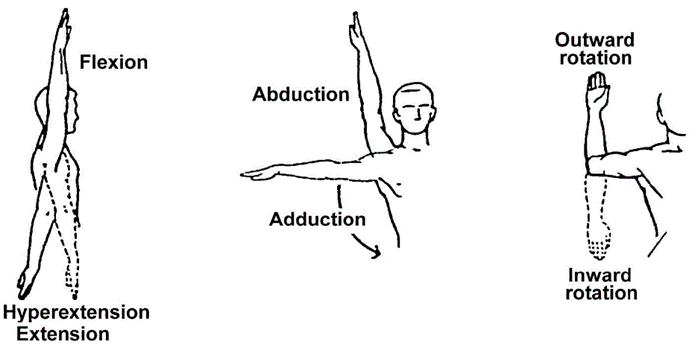The nurse is caring for a client with multiple sclerosis. What action does the nurse implement to increase venous return, prevent stiffness, and maintain muscle strength and endurance?
Administer corticosteroids
Turn and reposition every 2 hours
Administer interferon
Encourage range-of-motion exercises
The Correct Answer is D
Choice A: Administer corticosteroids. This is incorrect because corticosteroids are used to reduce inflammation and suppress the immune system, but they do not directly affect venous return, stiffness, or muscle strength and endurance.
Choice B: Turn and reposition every 2 hours. This is incorrect because turning and repositioning are important to prevent pressure ulcers and promote circulation, but they are not sufficient to maintain muscle strength and endurance. The client also needs active or passive exercises to prevent muscle atrophy and contractures.
Choice C: Administer interferon. This is incorrect because interferon is a type of immunomodulator that can reduce the frequency and severity of relapses in multiple sclerosis, but it does not directly affect venous return, stiffness, or muscle strength and endurance.
Choice D: Encourage range-of-motion exercises. This is correct because range-of-motion exercises can help increase venous return, prevent stiffness, and maintain muscle strength and endurance in clients with multiple sclerosis. Range-of-motion exercises can be performed actively by the client or passively by the nurse or a caregiver. They should be done at least twice a day to prevent complications such as contractures, spasticity, and pain.

Nursing Test Bank
Naxlex Comprehensive Predictor Exams
Related Questions
Correct Answer is C
Explanation
Choice A reason: Delivering a urine specimen to the laboratory is not a priority task, as it does not affect the client's immediate health or safety. This task can be done later or delegated to another staff member.
Choice B reason: Feeding a client who has bilateral casts is an important task, as it helps the client meet their nutritional needs and prevents complications such as pressure ulcers. However, this task is not as urgent as monitoring blood glucose levels, as it can be done within a reasonable time frame without causing harm to the client.
Choice C reason: Performing blood glucose monitoring of a client who has a prescription for short-acting insulin is a priority task, as it determines the dosage of insulin that the client needs to receive. Insulin is a high-alert medication that can cause serious adverse effects if given incorrectly. Therefore, this task should be done first by the AP who has been trained and certified to do so.
Choice D reason: Obtaining an extra box of tissues for a client who is concerned about running out of them is a low-priority task, as it does not affect the client's physical or psychological well-being. This task can be done at any time or delegated to another staff member.
Correct Answer is D
Explanation
Choice A reason: Proactive prevention is not a level of prevention, but rather a type of prevention that involves taking action before a problem occurs or worsens. It can be applied to any level of prevention, such as primary, secondary, or tertiary.
Choice B reason: Secondary prevention is a level of prevention that involves detecting and treating diseases or injuries early before they cause significant complications or disabilities. It includes activities such as screening tests, diagnostic tests, or medications.
Choice C reason: Tertiary prevention is a level of prevention that involves reducing the impact and consequences of diseases or injuries that have already occurred and caused damage or impairment. It includes activities such as rehabilitation, surgery, or palliative care.
Choice D reason: Primary prevention is a level of prevention that involves preventing diseases or injuries from occurring in the first place, by eliminating or reducing risk factors or enhancing protective factors. It includes activities such as immunization, education, or lifestyle modification. Advising a client with osteoporosis to have three servings of milk or dairy products daily is an example of primary prevention because it aims to prevent further bone loss and fractures by increasing calcium intake.
Whether you are a student looking to ace your exams or a practicing nurse seeking to enhance your expertise , our nursing education contents will empower you with the confidence and competence to make a difference in the lives of patients and become a respected leader in the healthcare field.
Visit Naxlex, invest in your future and unlock endless possibilities with our unparalleled nursing education contents today
Report Wrong Answer on the Current Question
Do you disagree with the answer? If yes, what is your expected answer? Explain.
Kindly be descriptive with the issue you are facing.
